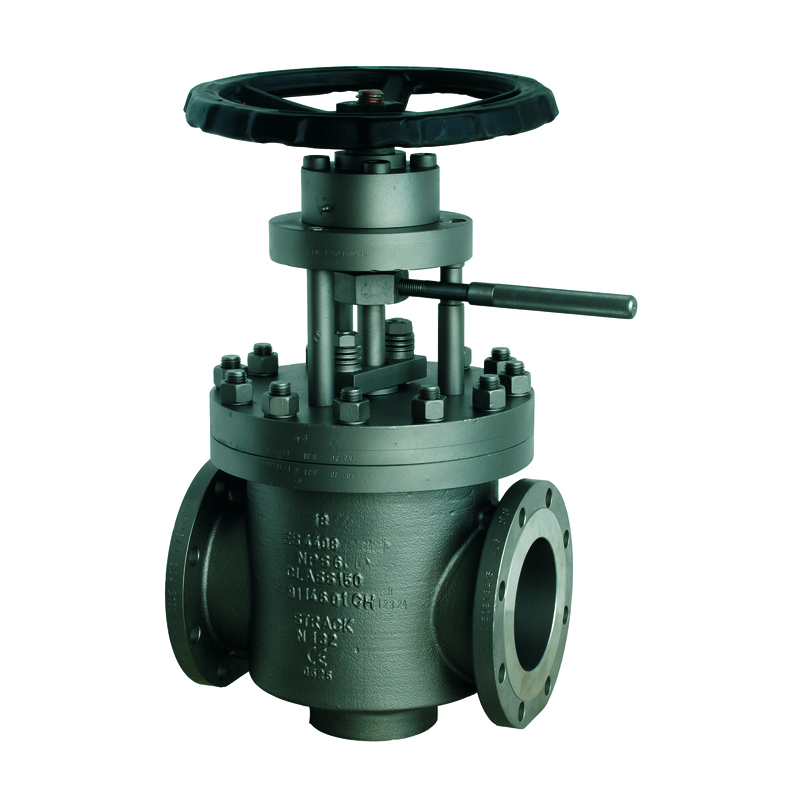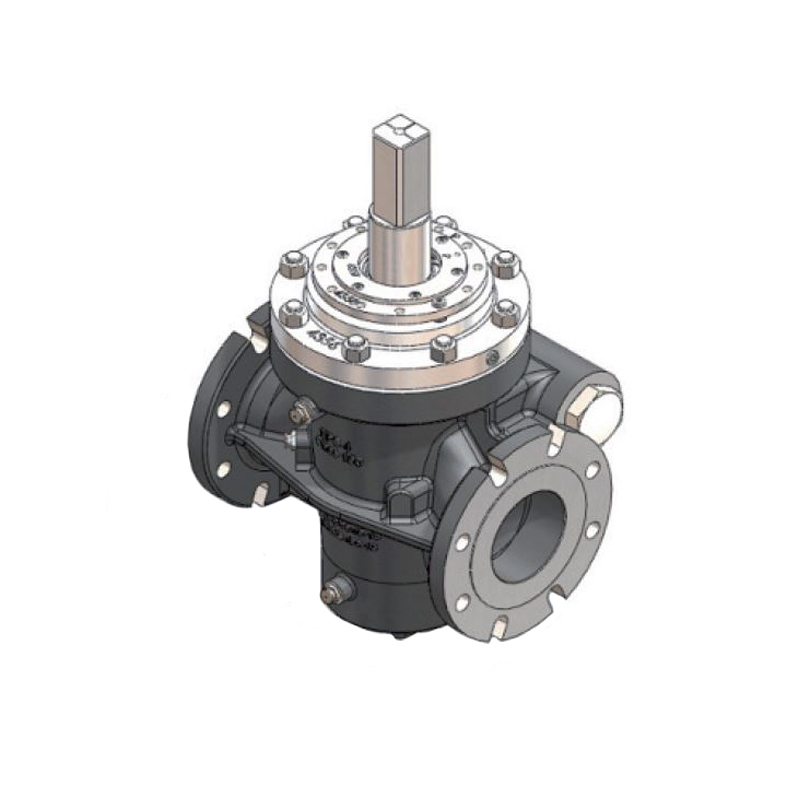Plug Valves
Plug valves offer one of the most economical control options for manufacturing lines; the correct valve can deliver improved production time and reduced risk of failure. You can find more information on their application, functionality as well as supporting documentation below.
Our range of valves are produced by Valves’ Division's specialist product manufacturers:
- Phönix
- Strack
- The Korean Valve Grou
View our range of Plug Valves below:
Plug Valves: Purpose & functionality
A Plug Valve is a flow control device designed to regulate the flow of a liquid or gas within a high-pressure system. As well as controlling flow via basic moderate throttling, plug valves can be used in on/off position or to divert flow or combine flow.
Plug valves are a mechanically simple valve that utilises cylindrical or conically tapered "plugs" which rotate inside the valve body to control flow through the valve. The plugs within the valve contain one or more hollow channel that cuts sideways through the plug, this allows fluid or gas to flow through the plug when the valve is open. This simple mechanism and ease of operation mean that plug valves are often economical.
Applications
Plug valves are effective tight shut-off and on valves, suitable for use systems as well as with corrosive & hazardous liquids and gas. They are often used in the following applications:
- Chemical service
- Corrosive substances
- Vacuum to high-pressure
- Oil piping systems
- Extreme temperature flow applications (-196°C to +800°C)
- High-pressure flow applications
Different types of Plug Valves
Two-Port Valves
A two-port valve features two ports allowing fluid to enter or leave, it has two positions, open to allow flow and closed to stop the flow. A two-port valve has one passageway, for flow to pass through it.
The ports are usually at parallel ends of the valve body; therefore, the plug is rotated a fourth of a full turn to change from open to shut positions.
Related products
Multi-Port Valves
A multi-port valve is used to divert flow or combine flow.
In a three-way plug valve, flow from one port could be directed to either the second or third port. It can also be designed to connect all three ports together, or shift flow between ports 1 and 2, 2 and 3, or 1 and 3, and possibly even connect all three ports together.
Related products
Curtiss Wright Valve Divison supplies a variety of different valve types, including: Butterfly, Changeover, Check, Control, Directional Control, Gate, Globe, Plug, Pressure Relief.
Each valve type has a number of models each with different features and functional capabilities, suitable to a range of applications
A ball valve has a spherical disc with a hollow centre, and a plug valve has a cylindrical or conical disc with bored passages going through it.
Both valves have similarities, including their closing and opening mechanisms and the flow-directing possibilities in multi-port plug valves are similar to the possibilities in corresponding multi-port ball valves. One of the main differences is the disc in a ball valve is smaller in size than the disc in a plug valve.
FURTHER INFORMATION
The Curtiss-Wright Valves Division has locations in the USA, Europe and Asia. Combined with our extensive distributor network and after-sales support partners, you can be assured that we have local expertise to assist you, wherever you may be located.
To find out further information on any product, read the related documents which feature assemblies and capabilities, to contact a sales office directly click here or use our on-line form, which can be found here.
 S50 - Lift Plug Valve
S50 - Lift Plug Valve S57 - Shut Off Cock - Coke Oven Gas Valve
S57 - Shut Off Cock - Coke Oven Gas Valve